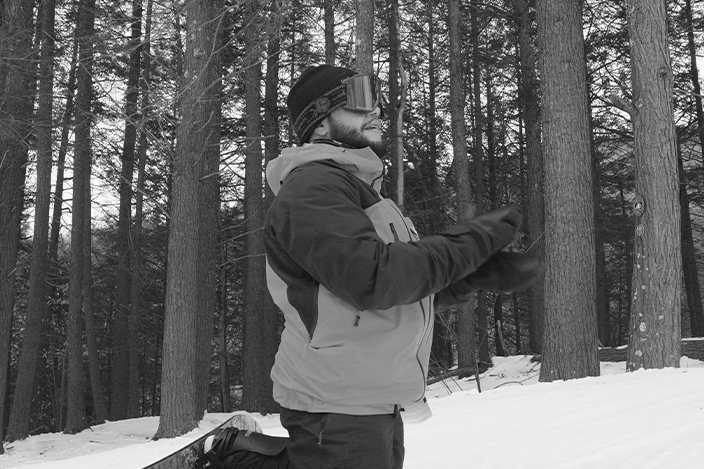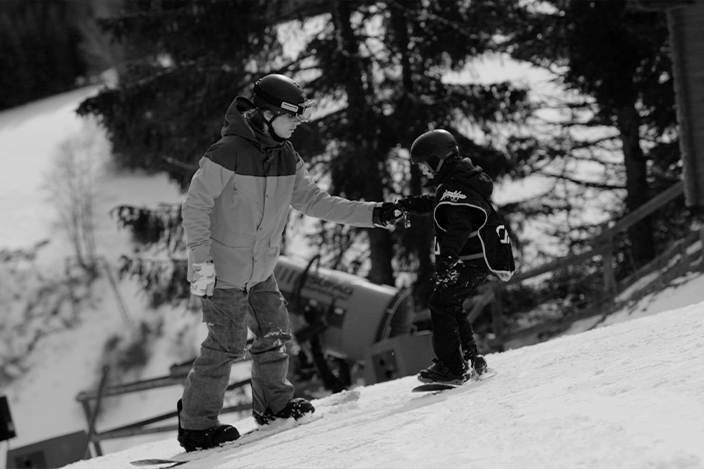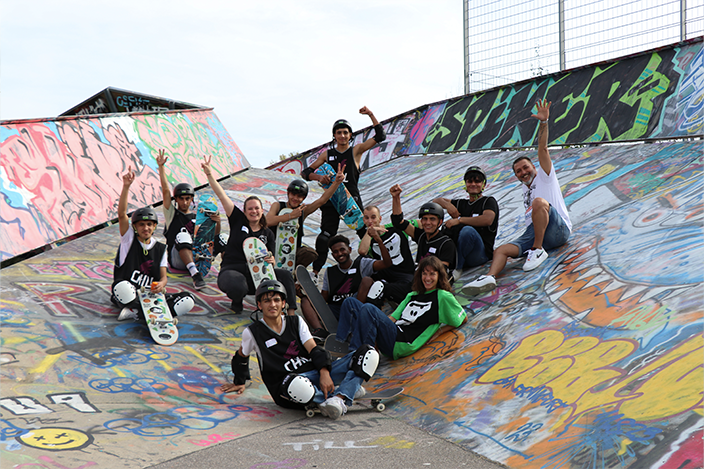All of our snow programs hold pre-program orientation sessions for our volunteers, snowboard instructors, and agency leaders (representatives from partner agencies that participate in the program with their youth). These sessions cover risk management, program schedules, goals, logistics, and all other details related to the upcoming program season. They are intense sessions that highlight the incredible amount of work that goes into delivering Chill programs and ensuring the best possible experience for our participants.
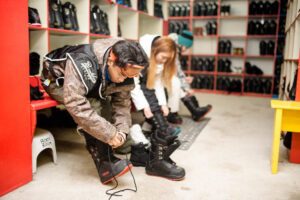


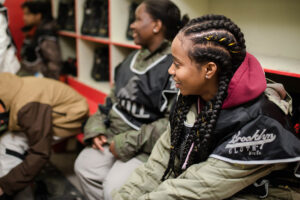
I had the pleasure of attending the Chill Burlington orientation at Bolton Valley Resort last night which included individuals from our Stowe Mountain Resort program as well. Over thirty of us spent an hour under the lights in small groups learning from the awesome Bolton instructors, and then we convened in their sports center to run through the orientation presented by Chill team members Zack and Bailey.

Zack asked the group to share a little information about their agencies and talk a little bit about what challenges their youth typically face. One word was mentioned more than any other: trauma. Trauma borne from abuse or family issues or state custody or a hundred other reasons. The result of all of this trauma was the need for treatment of emotional and behavioral issues, drug abuse, alternative education for learning challenges, and many other obstacles.
I addressed the group and told them that we want, and need, to hear about the short-term impacts that the Chill program has on their youth. Maybe as a result of attending Chill their youth have an incident free day in their treatment program, or a more productive than usual week in their treatment progress. Maybe their participant has a positive interaction with a peer in the Chill program that is unexpected or unique. I made it clear to the group that Chill understands that short-term impacts as a result of our program are important inputs and contributors into their youth’s overall treatment and personal growth progression.

Late last night after the orientation I received an email from one of the agency leaders that attended the event. She said, “Thank you so much for acknowledging that treatment is a process and making it clear that you and Chill really understand the kids we’re working with. We had a donor refuse to donate to our program because we didn’t have “long-term” evidence of impacts for the kids we serve. Long-term for some of our kids is one week, maybe one month. Many of the kids we work with require daily interventions to keep them safe and heading in the right direction. The Chill program is an amazing asset that helps us inject hope and confidence into these kid’s lives. Do you know how valuable that is? Thank you for everything Chill does. I hope your donors understand the integral role your program plays in helping kids that desperately need support!”
Chill’s donors do understand Chill’s impact and our unique role in the lives of nearly 2,000 youth annually. We know that Chill’s program is effective and impactful – every study and every evaluation shows that our unique approach to positive youth development contributes to our participant’s emotional and physical progression. We also know that for many of the youth we serve progression is measured in minutes and hours, not even days and weeks. Our hope is that those intervals become wider and wider until we’re talking about years and decades. Working together with our agencies, and supported by our donors, we’ll get there.
